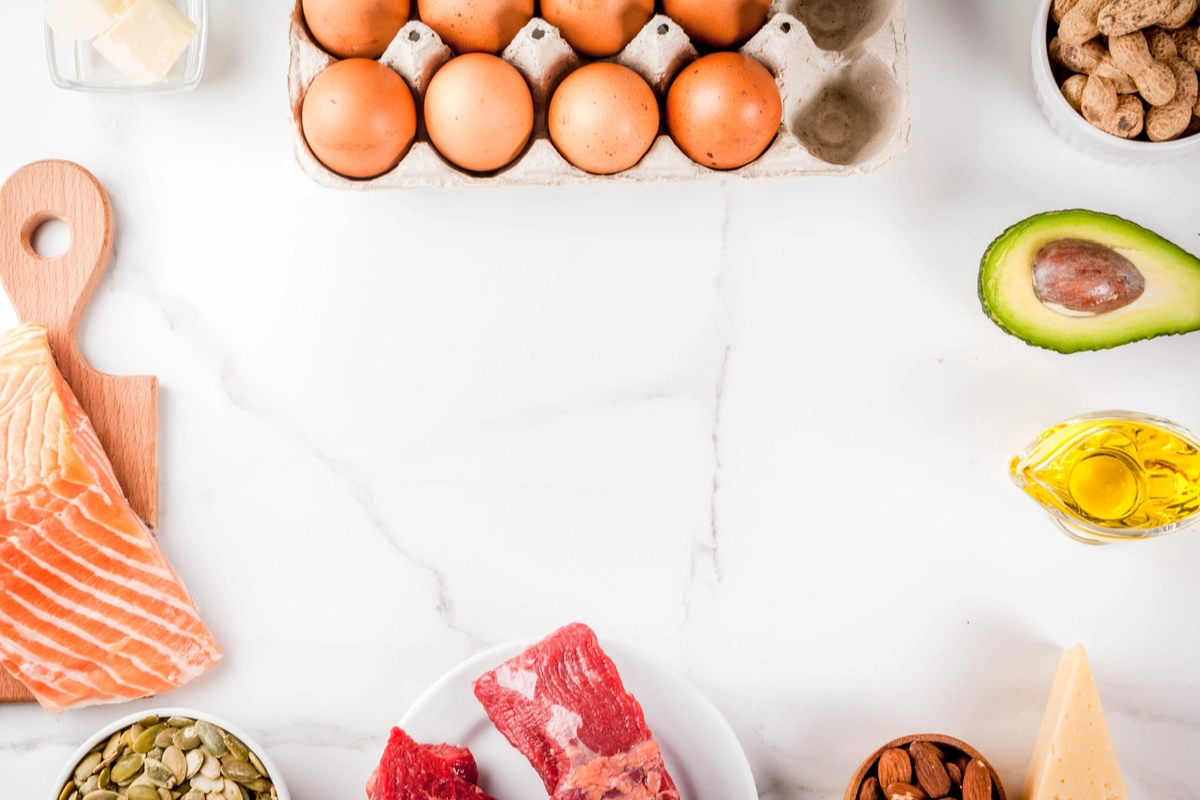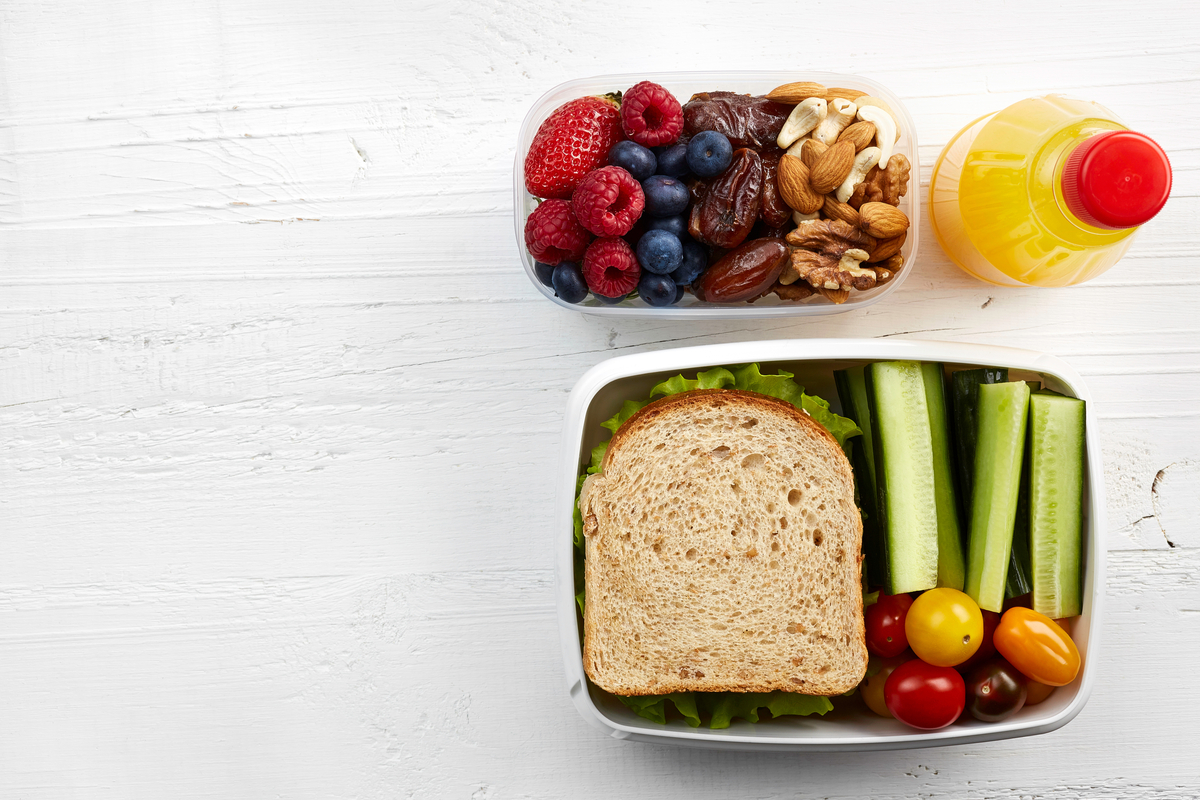Go beyond a balanced diet with these food group-specific meal plans – Before you jump on the next fad diet, figure out what you want to accomplish from this lifestyle change. Are you looking to lose weight, build muscle, protect yourself against preventable diseases or just try more adventurous foods? Determining this can steer you to a diet you’ll actually enjoy and want to stick to.
We know fruits, veggies and lean meats are key to a well-balanced meal, but portion sizes are everything. How much fiber and protein should we stick in our diet if the end goal is weight loss and healthy living?
Is a high fiber diet healthy?
Yes, a diet with plenty of dietary fiber is healthy. Nutritionists recommend that each person consume at least 20 grams of fiber each day, but many people don’t reach the minimum goal.
Dietary fiber includes the parts of plants your body can’t absorb, which means it passes through your body almost completely intact. Soluble fiber makes you feel fuller and includes foods like oats, beans and citrus fruits, while insoluble fiber helps move material through your body to make you feel slimmer. Great sources of insoluble fiber include whole wheat flour, nuts, vegetables and potatoes. Incorporating more of these foods into your diet leads to a regular digestive system, reduces the risk of developing type 2 diabetes, and helps you maintain a healthier weight, since the foods are more filling and help you stay satisfied longer.
Is a high protein diet healthy?
Yes, a high protein diet is healthy. Studies show a diet high in protein can lead to more fat loss and lower blood pressure than a diet high in fiber.
Consuming more protein builds muscles, increases your metabolism and helps you feel fuller longer. To up your protein intake, base your meals around complete proteins like eggs, chicken and fish. Sparingly sprinkle incomplete proteins like nuts, seeds and grains into snacks or on top of a salad. To round out your high-protein game, choose a complementary protein like rice and beans. Like a high-fiber diet, consuming more protein can decrease your risk for heart disease, but you’ll need to steer clear of red meat. Stick to vegetable proteins like grains, nuts, seeds and legumes, which are low in saturated fat and cholesterol.
High fiber vs high protein
If you’re looking to regulate your digestive system and decrease your risk of type 2 diabetes, choose a diet high in fiber. But if you want to lose weight, a diet high in protein will increase your metabolism and help you feel satisfied longer. However, balance is key.
Most people should consume 25-35 grams of fiber and 46-56 grams of protein each day. Combine this with your favorite workout classes each day to build a healthy digestive system, decrease your chance of preventable diseases and create a lean bod.
High fiber, high protein foods
Now that we’ve established that both high protein and high fiber foods are good for you, let’s get into the nitty gritty of foods that are high in fiber and protein. Each of the following items on this list have a decent amount of protein, balanced out with a high dosage of protein.
- Beans and other legumes, such as: peas, edamame, black beans, chickpeas and pinto beans.
- Mushrooms
- Whole wheat bread
- Lentils
- Quinoa
- Popcorn







